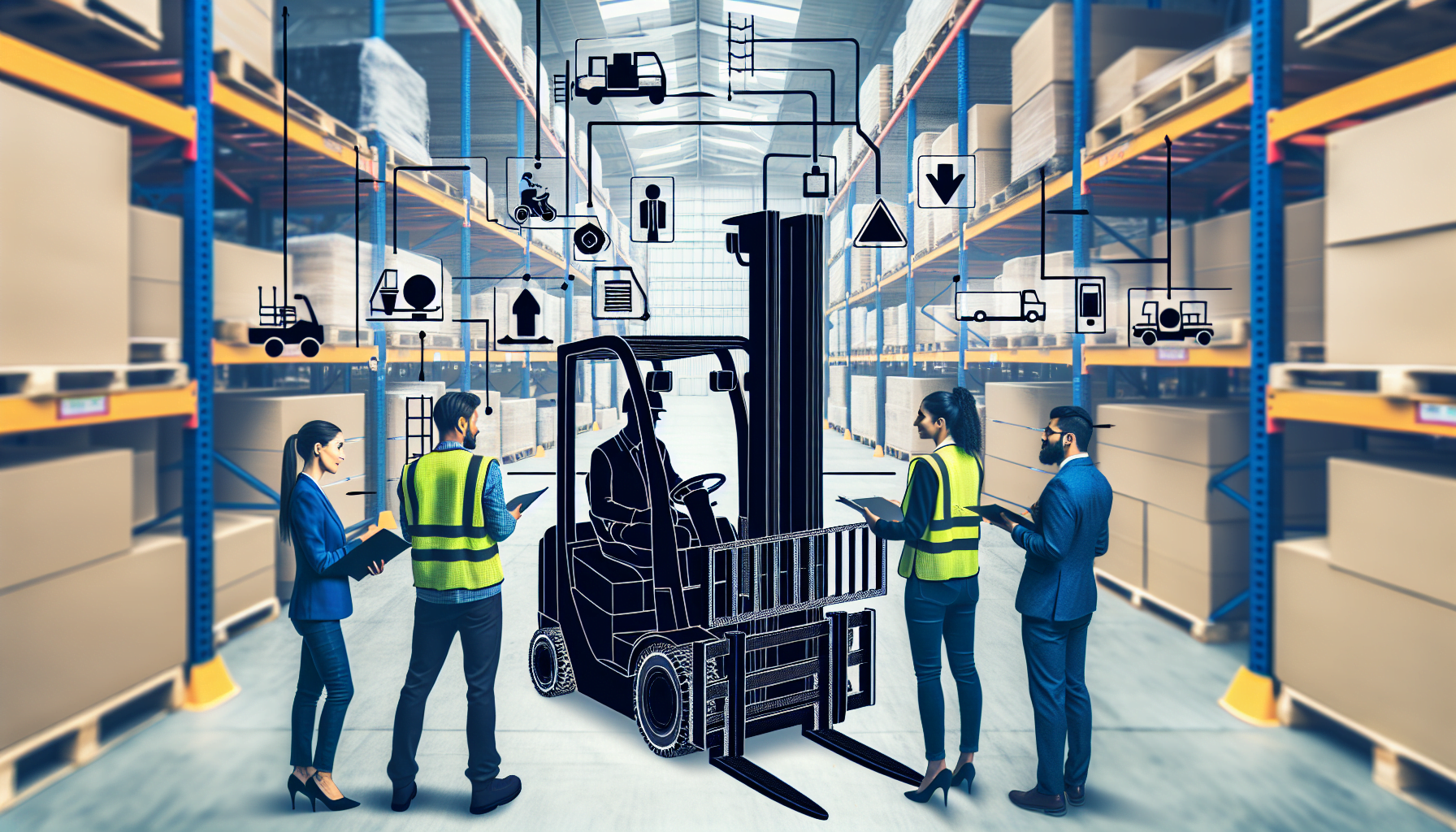The safety of workers in warehouses is of utmost importance. In order to ensure a safe and efficient working environment, it is crucial to properly train forklift operators on pedestrian safety. Forklifts are powerful machines that, if not operated correctly, can pose a serious risk to the pedestrians working alongside them.
The Importance of Forklift Pedestrian Safety Training
Forklift pedestrian accidents can result in severe injuries or even fatalities. According to the Occupational Safety and Health Administration (OSHA), forklift accidents account for about 100 fatalities and 20,000 injuries in the United States every year. These accidents can be prevented through proper training and adherence to safety protocols.
When forklift operators are trained on pedestrian safety, they are equipped with the knowledge and skills to operate the machinery safely in the presence of pedestrians. This includes understanding blind spots, using proper signaling techniques, and following established traffic patterns within the warehouse.
Additionally, forklift pedestrian safety training helps raise awareness among pedestrians about the risks associated with forklift operations. By understanding the hazards and knowing how to stay safe, warehouse workers can actively contribute to accident prevention.
Key Components of Forklift Pedestrian Safety Training
When conducting forklift pedestrian safety training, there are several key components that should be included:
- General safety principles: The training should start with an overview of general safety principles and practices to create a foundation for safe operations.
- Forklift operation: The training should cover the safe operation of forklifts, including proper steering, braking, and maneuvering techniques.
- Pedestrian awareness: This component focuses on educating forklift operators about the importance of being aware of pedestrians in their vicinity and the potential risks involved.
- Communication and signaling: Forklift operators should be trained on effective communication and signaling methods to alert pedestrians of their presence and intentions.
- Safe practices in different scenarios: The training should address specific scenarios, such as loading and unloading, working in narrow aisles, and operating in high-traffic areas.
By covering these key components, forklift operators can develop a comprehensive understanding of pedestrian safety and apply it in their day-to-day operations.
Incorporating Technology for Enhanced Forklift Pedestrian Safety
While proper training is essential, technology can also play a significant role in enhancing forklift pedestrian safety. One notable technology solution is the Forklift Pedestrian Detection System developed by HCO Innovations.
The Forklift Pedestrian Detection System utilizes advanced sensors and real-time analytics to detect the presence of pedestrians in the vicinity of forklifts. The system provides audible and visual warnings to both the forklift operator and the pedestrians, alerting them to the potential danger.
By integrating this technology into warehouse operations, the risk of forklift-pedestrian accidents can be significantly reduced. Forklift operators can benefit from an additional layer of safety, and pedestrians can have peace of mind knowing that there are measures in place to protect them.
Conclusion
Training forklift operators on pedestrian safety is crucial for maintaining a safe working environment in warehouses. By providing comprehensive training that covers general safety principles, forklift operation, pedestrian awareness, communication and signaling, and safe practices in different scenarios, the risk of accidents can be mitigated. Additionally, incorporating advanced technology solutions like the Forklift Pedestrian Detection System can further enhance safety and help protect both forklift operators and pedestrians in the warehouse setting.

